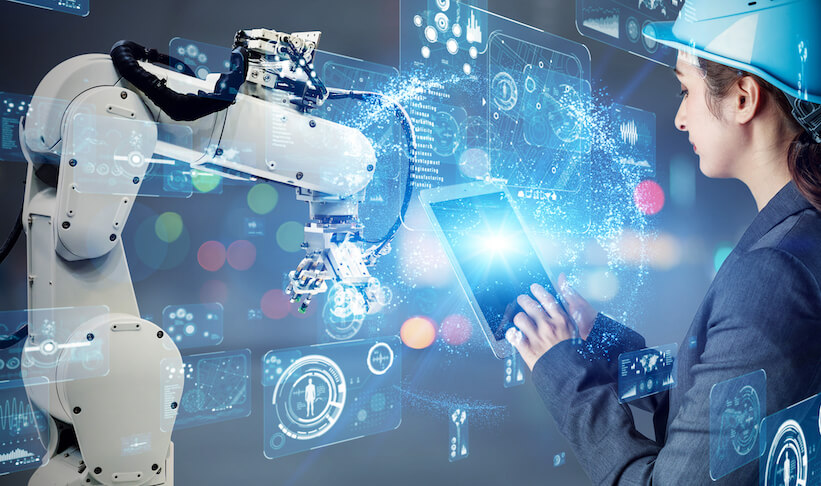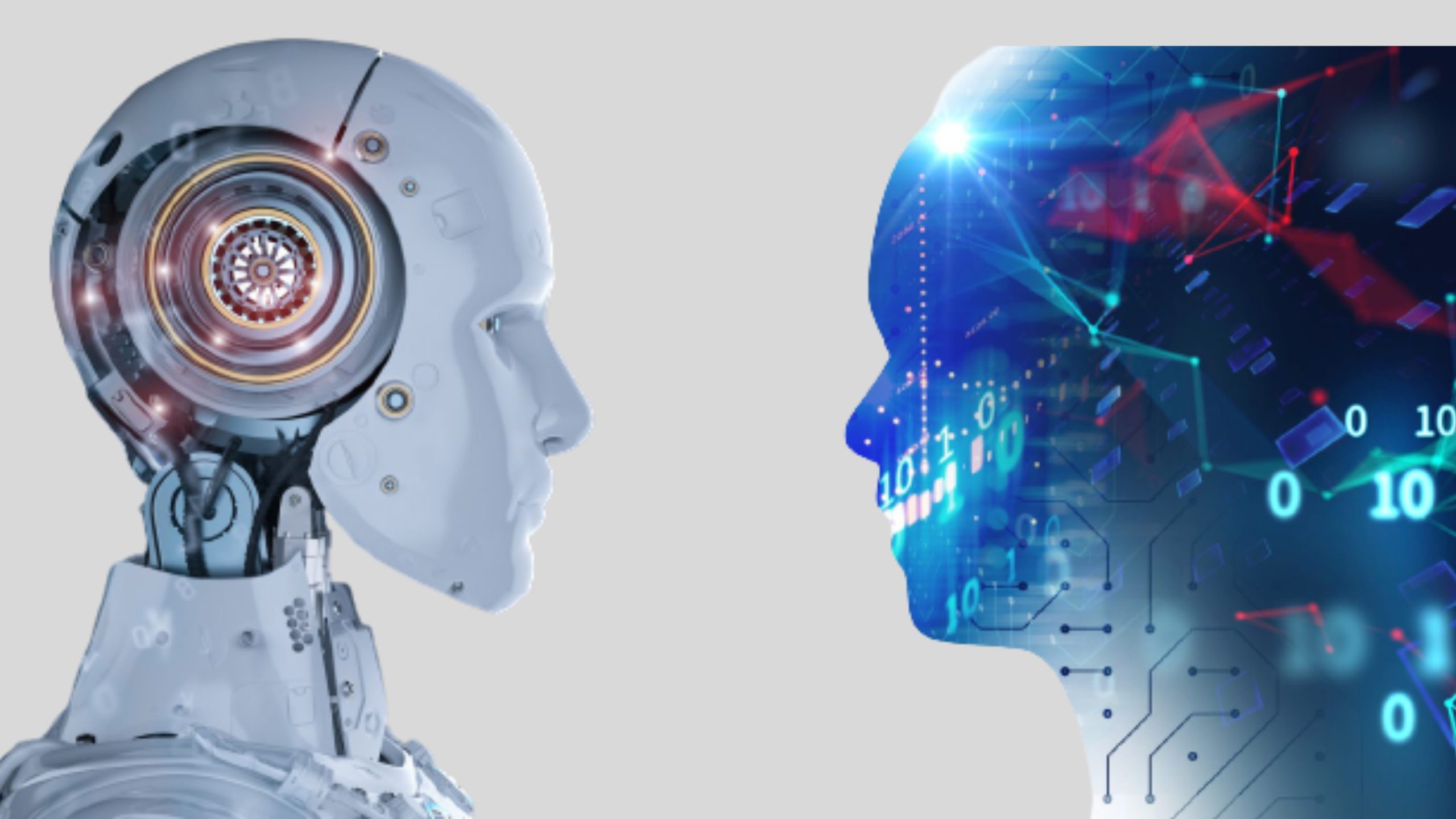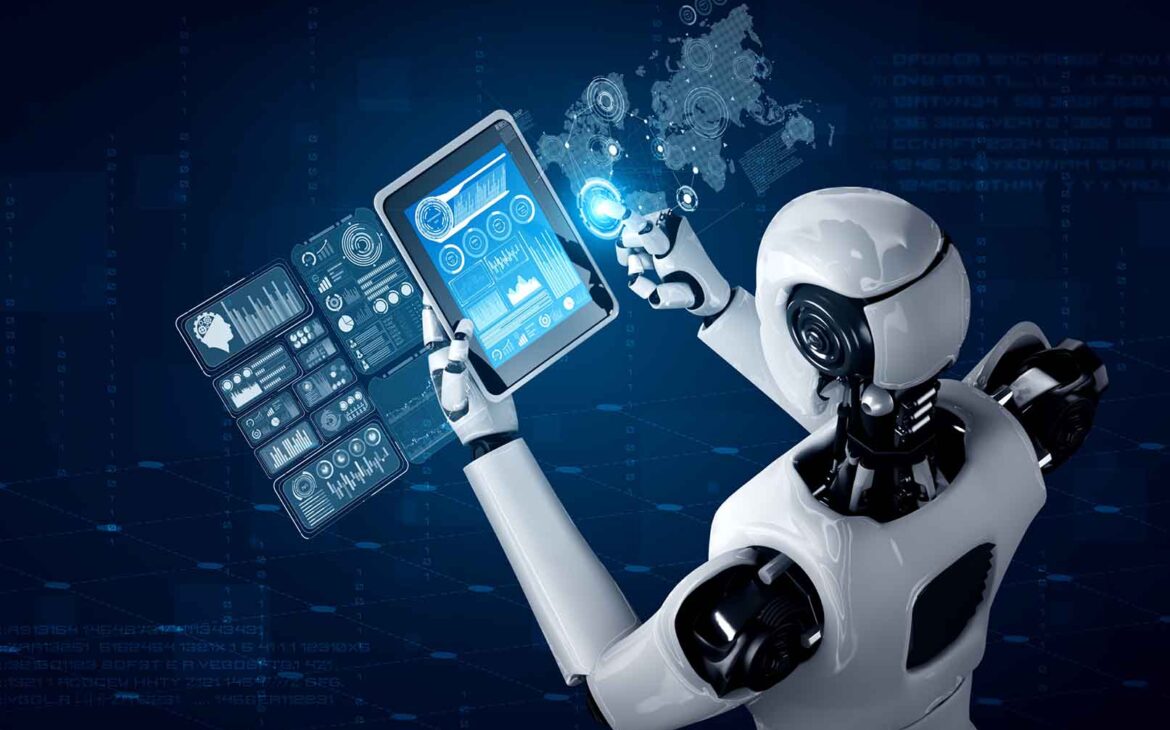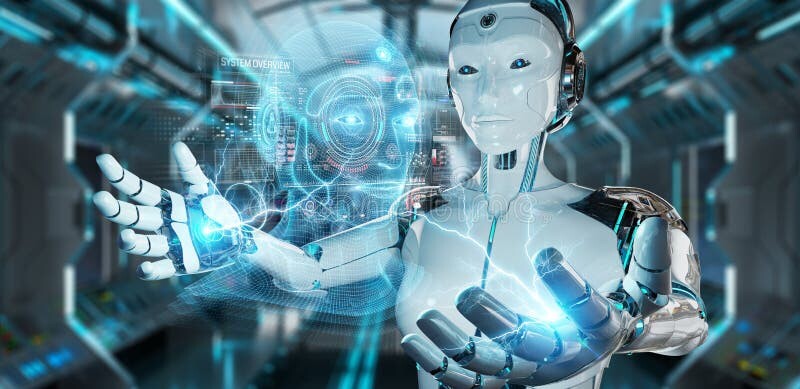Artificial Intelligence (AI) and robotics are transforming industries by automating processes, improving precision, and enabling smarter decision-making. Understanding how these technologies work and their real-world applications can help organizations and individuals unlock new levels of efficiency and innovation.
What are AI and Robotics?
AI refers to the simulation of human intelligence in machines, enabling them to perform tasks that typically require human thinking, such as learning, problem-solving, and decision-making. Robotics involves designing and building physical machines capable of carrying out complex tasks, often powered by AI to make them autonomous or semi-autonomous.
How AI and Robotics Work Together
AI-powered robots combine intelligent algorithms with mechanical systems to perform tasks independently. These systems use sensors, cameras, and data-processing units to perceive their environment, make decisions, and carry out actions with minimal human intervention.
Key Applications Across Industries
Manufacturing:
Robots with AI are widely used in assembly lines, quality control, and predictive maintenance, improving production speed and reducing errors.
Healthcare:
AI-driven robots assist in surgeries, patient monitoring, and drug delivery. They can analyze medical data quickly, supporting doctors in diagnosis and treatment planning.
Agriculture:
AI-enabled agricultural robots help with tasks like crop monitoring, automated harvesting, and pest detection, increasing productivity and reducing manual labor.
Logistics and Warehousing:
Robots powered by AI are transforming logistics through automated sorting, packaging, and delivery systems, optimizing supply chain operations.
Customer Service:
Service robots and virtual assistants use AI to interact with customers, answer queries, and provide personalized experiences in sectors like retail and hospitality.
Defense and Security:
AI-based robotic systems support surveillance, search and rescue, and hazardous material handling, improving safety and operational efficiency.
Benefits of AI and Robotics
AI and robotics increase operational efficiency, reduce human error, lower costs, and can operate in hazardous or repetitive environments where human labor is challenging.
Limitations to Consider
These technologies require significant upfront investment, ongoing maintenance, and proper ethical considerations regarding job displacement and safety regulations.
Conclusion
The combination of AI and robotics is reshaping the future of work and daily life. By understanding their potential and limitations, businesses and societies can harness these technologies to drive progress while ensuring responsible and ethical use.







Leave feedback about this